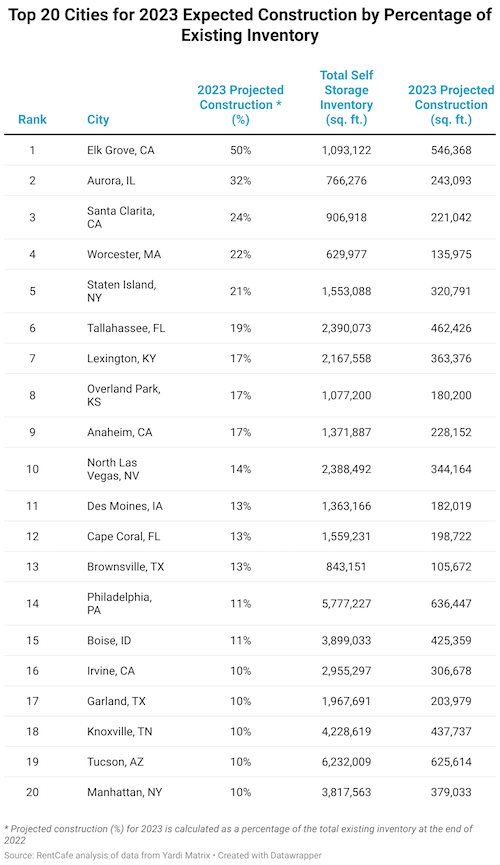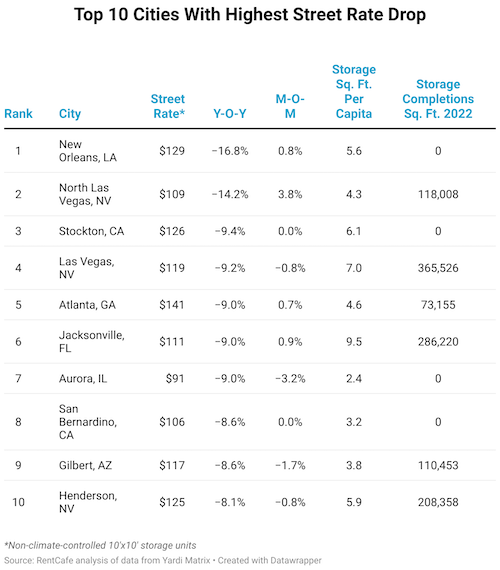
Real estate in 2021/2022 was as competitive as it's ever been. As a result, multifamily properties were in demand as investors looked for stable assets to park their cash. Unfortunately, it was hard to compete with yield-motivated investors. Many multifamily homes for sale were scooped up for depreciation, 1031 exchanges, or to add more units to an existing portfolio.
Competing with investors with the aforementioned ulterior motives will be challenging to overcome if you are primarily concerned about returns metrics such as IRR, equity multiple, or cash-on-cash return. They typically can justify paying more. You'll need to brainstorm ways to find projects that aren't as highly coveted and won't garner as much attention on a brokered listing.
Finding Multifamily Deals
- How to Find Multifamily Properties
- Attributes of “Competitionless” Deals”
- Five Multifamily Attributes to Look For
The term "value-add" has been ad nauseam for the last few years. Every apartment that ever hits the market can be construed as a value-add one way or another. Investors eat up the idea of value-add, and brokers know this. As a result, new listings marketed as "value-add" will be the most competitive listing there. You will likely be one of the dozens of bidders, and to win the deal, you will have to beat everyone else. Unfortunately, this isn't an excellent formula for consistently finding reasonably priced buildings.
Any pure multifamily project (meaning it only consists of apartment units) will be challenging to be competitive when a broker is listing it. So, what exactly should you be looking for if you want to reduce competition and find a project that can kick out some yield?
When I started working in multifamily real estate as an analyst on the sell side, there were always characteristics of buildings that made them less desirable. Going into a sale effort, the team would know buyer interest would be muted compared to the properties that didn't have these traits or "hair." Since starting Tactica and helping investors on the buy-side, I've seen many of the gritty veterans I work with will only target "messy" deals listed by brokers to eliminate a good chunk of the competition.
Generally, investors hate going out of their comfort zone. Often, the investment committee, the ultimate decision-maker behind an offer, will stubbornly stick to their investment criteria. Any project facet that doesn't check the boxes is an automatic disqualifier.
My advice to investors struggling to be competitive in this environment is to get comfortable in the "less desirable" niches of multifamily investment. Spend time studying the nuances of hairy projects and gain comfort with them.
Mixed-Use
Multifamily investors tend to hate commercial components. Ground-level retail is a pain to underwrite and is inherently more risky than the multifamily component. The more significant the commercial income portion of total revenue, the more skittish other investors will be. The property won't qualify for traditional multifamily agency financing if commercial income is more than 20% of total revenue. This obstacle is a massive disqualifier for many investment shops.
Furthermore, commercial lease language is confusing and wordy. You'll be reading hundreds of pages of legal jargon if you have to review a handful of commercial leases. You also must understand how common area expenses (CAM), insurance, property management, and property taxes are allocated and rebilled between the apartments and commercial components. Understanding how the commercial functions in the overall project can be challenging, especially when less sophisticated owners fail to track it well.
Unlike a multifamily lease, where if the tenant fails, you can quickly remarket the unit and get it backfilled, retail leases involve hefty leasing commissions, tenant improvements budgets, and long vacancy lags before the unit produces cash flow again.
Finally, we are coming out of a pandemic that affected retail and office much more than other commercial asset classes. There are still many questions about the viability of these asset classes long-term. This could be an opportunity for the contrarian investor.
Affordability Requirements
Understanding all the nuances of low-income-housing-tax-credit (LIHTC) properties or project-based Section 8 can require a steep learning curve. In addition, there's strict compliance and a ton of administrative oversight to operate an affordable property. As a result, few real estate professionals practice solely in this space. Investors with this knowledge have a massive advantage as the barrier of entry into this space can be daunting and expensive.
I see a ton of opportunity in the hybrid market/affordable (perhaps 30% of the units are set aside as affordable, for example). Many projects developed in the 2000s required allocating a certain percentage of the unit mix as "affordable" to gain approvals. Any affordability requirements can be a "non-starter" for bidders. The investors willing to work to understand the oversight and compliance requirements can access a wide array of projects that other investors won't be comfortable with.
There is also a massive advantage to looking at a market rate listing that you could potentially convert to affordable housing. If you can figure out how to piece together various affordability programs, it may allow you to be more competitive than "market rate" buyers. Anytime converting from market rate to affordable, the due diligence period will inevitably take longer. You'd need a seller willing to wait a more extended DD period.
The carrot enticing them to do this is likely more money and more aggressive earnest money. Your benefit would be buying a property with limited equity (potentially no equity), the opportunity for a development fee on the renovations, and ownership in a severely underserved and undersupplied sector.
Tertiary Locations
Real estate investments in a tertiary or "outstate" submarket offer many benefits. I discuss seven encouraging trends I discovered when analyzing properties outside major metro areas.
Many investors will not venture outside the big cities or surrounding suburbs. However, if you are willing to venture into cities that aren't dependent on the major markets for employment, you are guaranteed to field less competition when bidding. Plus, many more prominent property owners won't have their economies of scale built up in the more sparsely populated submarkets.
Assumable Debt
Investors hate assuming debt because of the decreasing interest-rate environment of the last decade. Assuming debt traditionally has meant two things:
- Paying a higher interest expense than market
- Less leverage (as the loan assumed is likely less than the proceeds you could with a fresh lender)
If you are a well-capitalized operator willing to assume financing, you will have fewer fellow bidders than chasing a "free and clear" offering. Many sponsors need to obtain new debt as they only have enough equity commitments for 20% - 25% of the purchase price. Assuming debt will mean you'll likely need more equity to 30% - 35% of the purchase price. Investment yields may be muted compared to a fully leveraged purchase, which will also be an eliminating factor for various investment committees.
These loans will eliminate potential buyers if the debt is HUD, bonds, or something more "exotic" than agency financing.
Property Tax Incentives
Property taxes are commonly the most significant operating expense for an apartment building. Frequently there are murky property tax incentives that are hard to ascertain value. For example, a property built five years ago was granted a property tax incentive from the city for twenty years. Property taxes are steeply discounted right now, but the benefit will run out in 15 years.
How do you value this benefit? For example, if you purchase this property, you'd benefit from the property tax reduction, but when you sell it one day, the next buyer would not. Can you cap the NOI that includes this discount if the benefit won't be there forever? Will your competition be capping it? How will the next buyer approach it?
If you can get comfortable underwriting the "gray areas" of multifamily, you're at an advantage. Many groups will have already "punted" the opportunity because they don't understand the nuances and prefer to look for a "cleaner" offering.
Tax increment financing (TIF) is another typical incentive sellers will include in multifamily offerings. Many investors aren't comfortable underwriting TIF and will pass on the opportunity immediately. If you can get smart on TIF, specifically valuing its worth, you will be at a distinct advantage as many capable "would-be" buyers will opt out.
Summary
You are not alone if you are frustrated by the amount of competition you face on a brokered apartment listing. Perhaps it's time to switch up your strategy and focus on the properties with less desirable elements to the greater investment community. They say life starts at the end of your comfort zone. This sentiment couldn't be more accurate in the current multifamily investment environment.
Source: How to Find Multifamily Listings With Less Competition
https://www.creconsult.net/market-trends/how-to-find-multifamily-listings-with-less-competition/


 [row]
[col span__sm="12"]
[row]
[col span__sm="12"]



